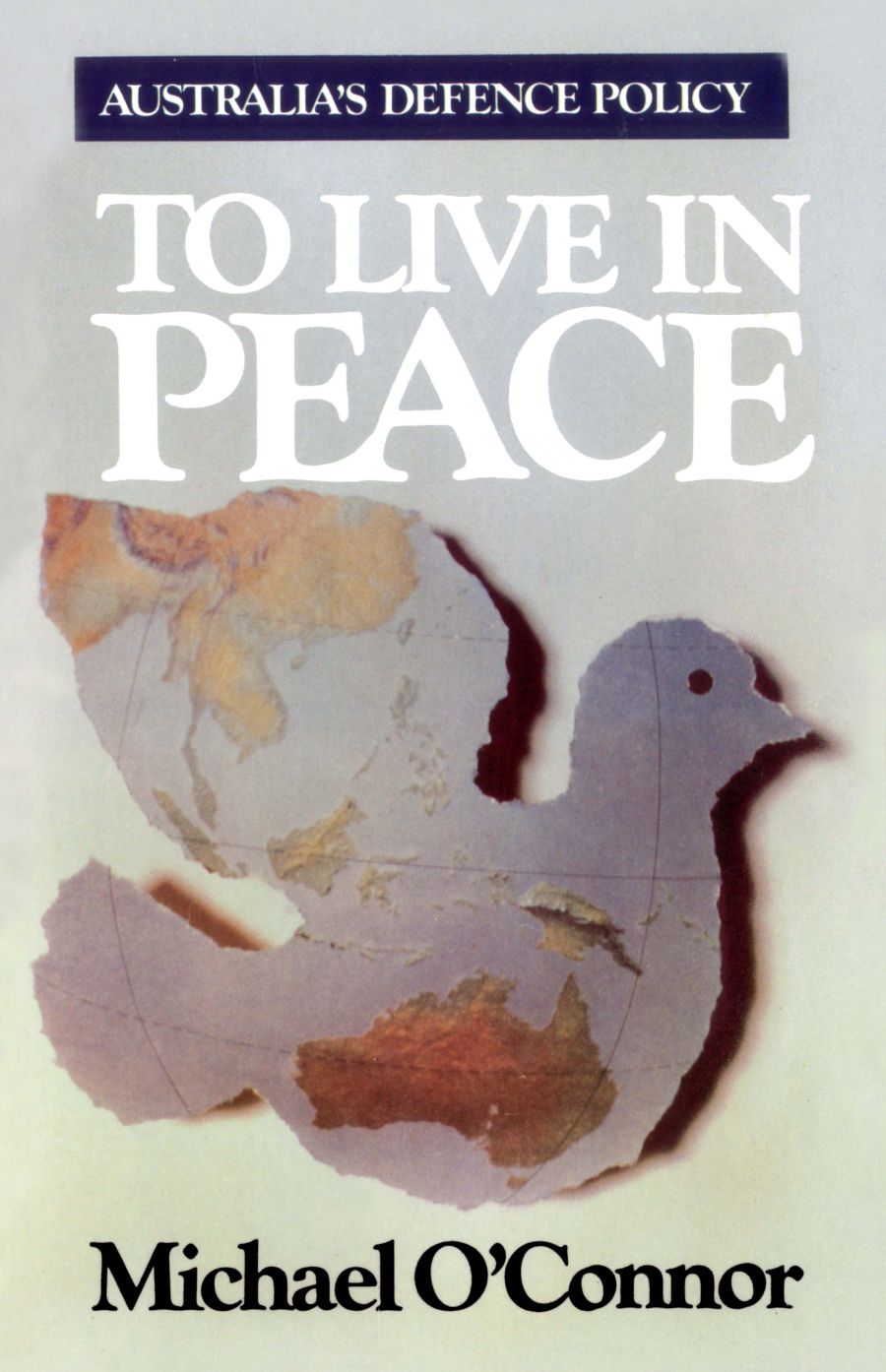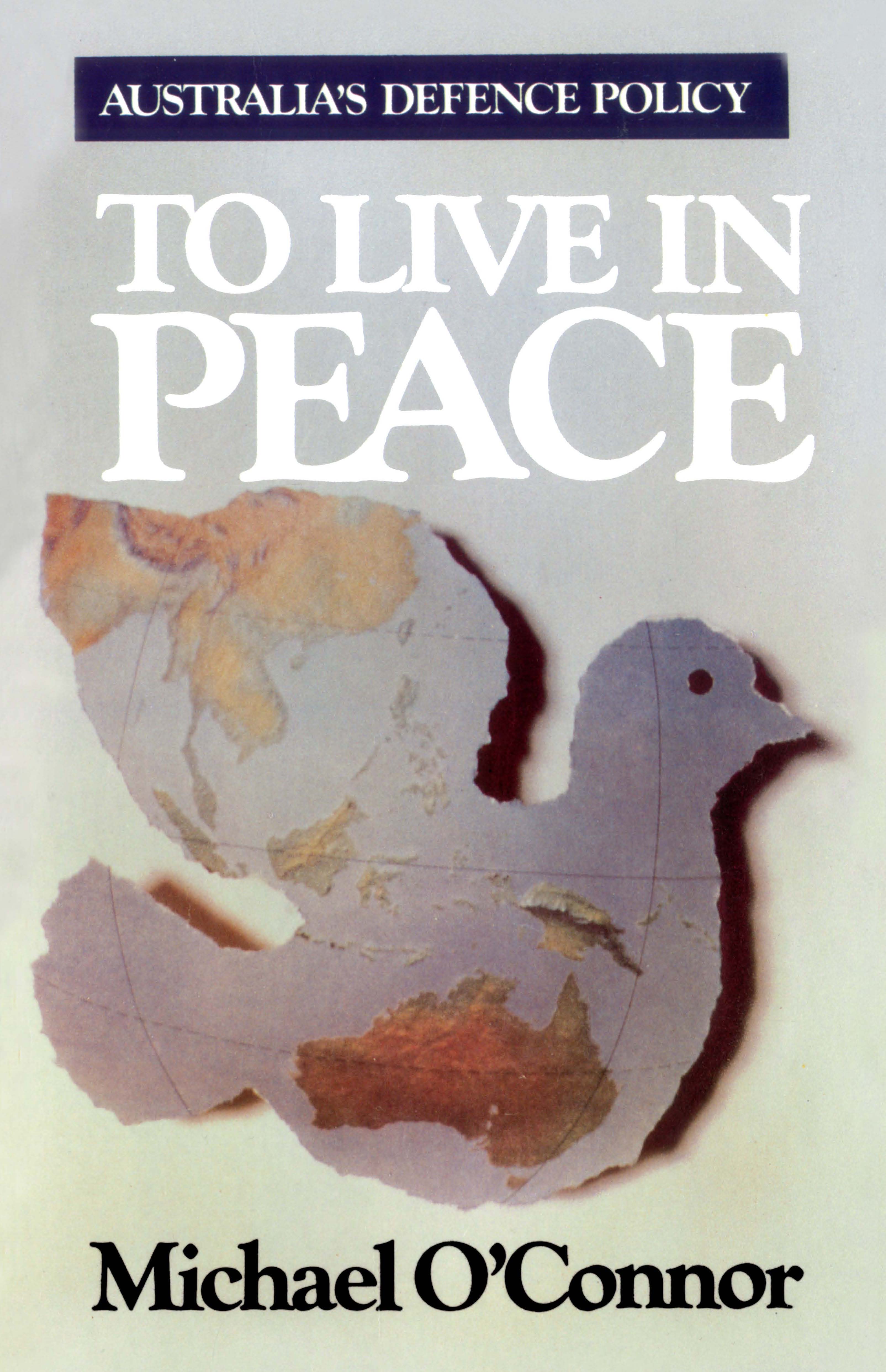
- Free Article: No
- Contents Category: Politics
- Review Article: Yes
- Article Title: Constructing the Enemy
- Article Subtitle: Military shopping lists
- Online Only: No
- Custom Highlight Text:
The last few years have seen a major reorientation of Australian defence policy. The Guam doctrine of limited commitment declared by the United States, the withdrawal of United States forces from mainland Southeast Asia, the British withdrawal of forces east of Suez and the substantial development of the capacities of regional countries, especially the ASEAN states, to provide for their own security all had major implications for Australian defence policy. Australia’s defence planners (and successive Australian Governments) concluded that our first priorities should be the defence of Australia with increasing independence, the encouragement of a favourable security environment in our region and the maintenance of ANZUS cooperation. This reorientation effectively spelt the end of the so-called ‘forward defence’ era and initiated a challenging process of transition.
- Book 1 Title: To Live in Peace
- Book 1 Biblio: Melbourne University Press, $9.50 pb, 176 pp
- Book 1 Cover Small (400 x 600):

- Book 1 Cover (800 x 1200):

In the second sentence of the book O’Connor dismisses the weakness of Australia’s Vietnam policy as simply ‘a failure of the country’s leaders to state a coherent and moral justification for the Vietnam commitment’. We are told that ‘regional problems are Australia’s problems’ and that Australia should once again commit itself heavily and in an apparently unqualified military sense to regional disputes. There is no discussion of whether our regional friends would wish such heavy involvement, whether the Australian public would support it, nor of the potential dangers of committing ourselves so heavily to the resolution of other people’s disputes without our major allies also being heavily involved.
There is the suggestion of a network of informal alliances beyond ANZUS to include Japan, South Korea and all the ASEAN countries. It is argued that a substantial expansion of Australia’s military capabilities achieved within this type of broader alliance framework would provide the type of deterrence power that Australia requires. Unfortunately, it is nowhere explained precisely who or what Australia should be deterring although there is some discussion of the limited Soviet military presence in Vietnam.
It is in this rather open-ended .context that a long shopping or ‘wish’ list is detailed for the Defence Force. O’Connor favours conscription for the Army Reserve to raise its strength from the current 25,000 to 350,000 and the acquisition of 250 more tanks, 3 aircraft carriers, 12 new frigates, or destroyers, airborne early-warning, tanker and close support aircraft and a completely new Coastguard force. Without any analysis, he claims that these and related capabilities could be bought for about four per cent of GDP as against current expenditure of about 2.8 per cent.
On whether Australians would support what would more likely be a doubling of defence expenditure, he cites only those public opinion poll results that ask simply whether the respondents would support increases in defence expenditure. Other polls which asked respondents whether they would support increased defence expenditure if it meant higher taxes or less spent on education, health or welfare would tell a different story.
While there are numerous major flaws in O’Connor’s general schema, the detail of his approach is even more problematical. For the most part, the text consists of a series of assertions, few of which are substantiated, argued or qualified and none of which is footnoted.
O’Connor betrays a breathtaking ignorance of current Government and informed external thinking on defence strategy and priorities. He would appear not to have monitored ministerial and departmental speeches and releases, nor informed external publications. He misunderstands and trivialises both the processes and principles of current defence policy and shrouds this in accusations about the perceived incoherence of current defence concepts and the penchant of officialdom to cover its thinking and approach in secrecy.
Questionable judgements aside, there are also numerous errors of basic fact. We are told, for instance, that during the Second World War Australian forces were committed to the United Nations, that the development of new air bases in northern Australia was stimulated by Soviet air deployments at Cam Ranh Bay, that the Soviet submarine fleet is designed primarily to interdict Western commercial shipping and that Australia hosts ‘three US strategic nuclear bases’. All these and numerous other assertions are incorrect. At one point he states that in one of my own publications, Rethinking Australia’s Defence, I ‘estimated that five to eight years would be needed to raise a combat ready brigade.’ (i.e. about a 3,500-4,500 man force.) What I said, in fact, was that it would take between four and eight years to raise an Australian army of 250,000 men.
On the back cover of this book the publisher asserts that ‘no one who reads this book can fail to be frightened’. It is not fright that I feel but concern; concern that the defence debate in Australia deserves contributions of higher quality than this. Michael O’Connor has worked hard on defence issues for many years and made valuable contributions in other forums on many occasions. He is capable of better than this.


Comments powered by CComment